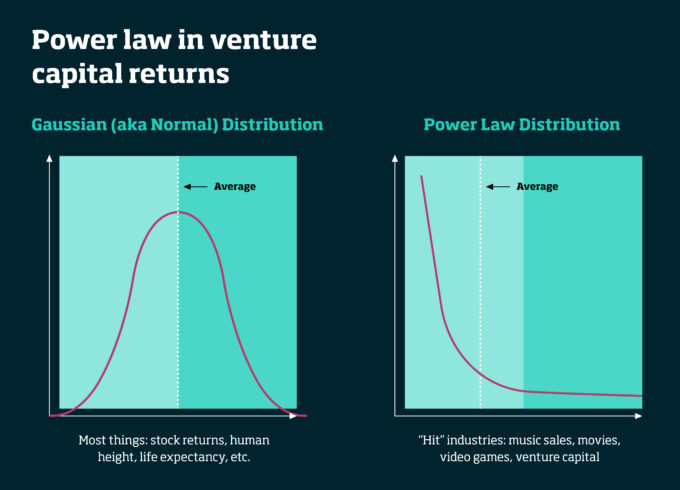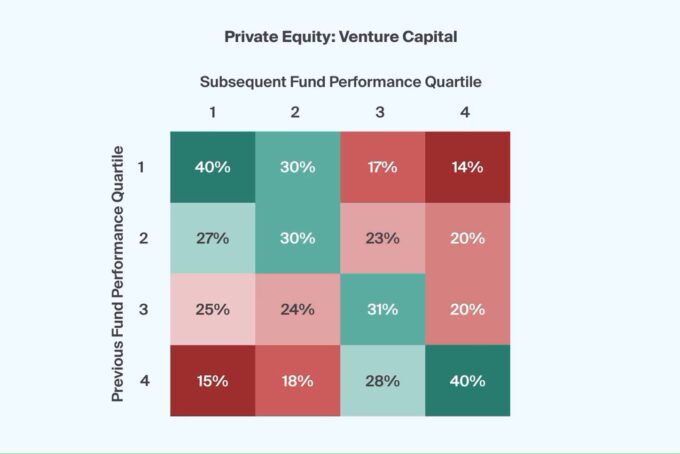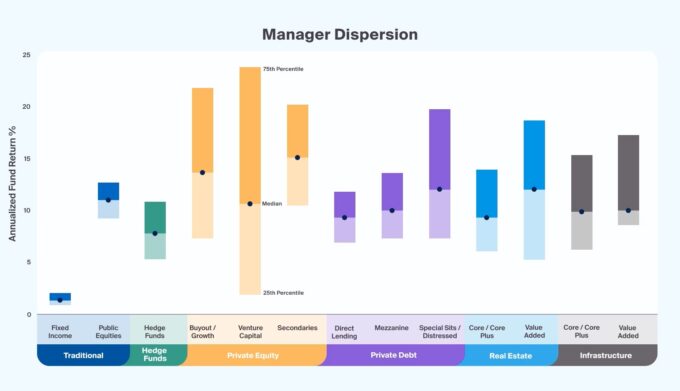VC funds don’t only provide capital to startups in exchange for an equity stake in the company. They may also offer the guidance, mentorship, and connections needed to help them succeed. As the startups grow and reach key milestones, they take on additional funding rounds to further develop and expand their operations. Venture capital is therefore a critical driver of economic growth, job creation, and technological advancements, as it plays a vital role in shaping the business scene by supporting the birth and growth of pioneering companies.
One notable VC success story is Facebook’s early investment by Accel Partners in 2005. They invested $12.7m for a 15% stake, valuing the company at nearly $100m. Facebook’s innovative approach to connecting people online attracted Accel, and its support during those early stages paid off. With subsequent VC funding, Facebook grew to become a tech giant, going public in 2012, raising $16 billion, and reshaping the global tech and social media landscape. Facebook’s journey highlights how venture capital can propel startups into major industry players, delivering substantial returns for both investors and founders.
In the context of the Power Law, Facebook’s eventual success, with billions of users and a market capitalization in the hundreds of billions of dollars, greatly outweighed Accel Partner’s initial $12.7m investment. It is difficult to pinpoint exactly how much that initial investment returned, but sources estimate between 247x and 700x at the time of the initial public offering. This clearly highlights how a relatively small number of VC investments can significantly impact the venture capital portfolio’s overall returns by not only paying back the cost but also generating all the profits at the fund level.
The role of different risk appetites
When it comes to venture capital investments and assessing your own risk tolerance, understanding the difference between Limited Partners (LPs) and General Partners (GPs) is crucial. LPs usually have a lower risk appetite compared to GPs due to their passive roles and reliance on experts. GPs, on the other hand, actively manage investments and take a more hands-on approach to risk. This risk gap highlights the core contrast between these investor types in the VC world. As a result, diversification in VC involves spreading exposure across different GPs rather than diversifying the portfolio of companies directly.

Audio available








